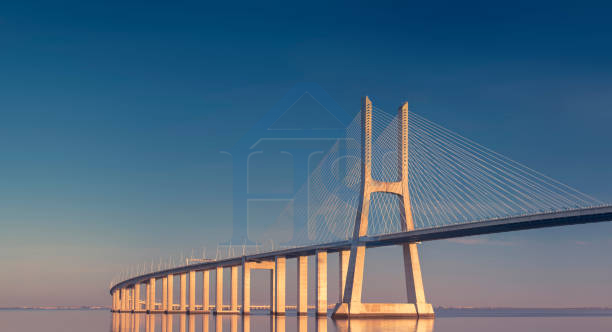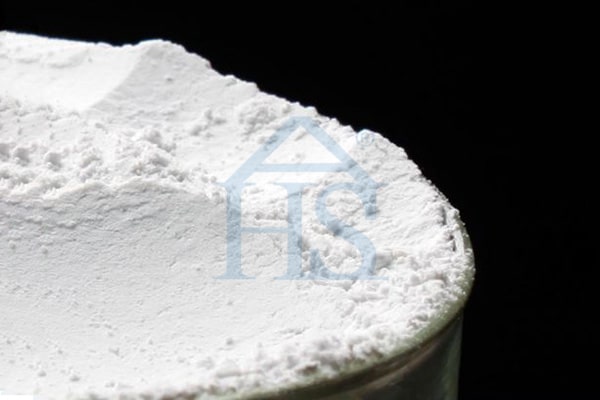超高性能コンクリート (UHPC) その例外的な強さのために、建設分野で画期的な素材として浮上しました, 耐久性, と汎用性. UHPCは幅広いアプリケーションを提供し、構造設計とインフラストラクチャ開発へのアプローチ方法に革命をもたらしました. 記事上で, UHPCのさまざまな側面を掘り下げます, その構成を含む, プロパティ, アプリケーション, 利点, 課題, もっと.
序章
UHPCは、驚くべき機械的および耐久性を示す高度な建設材料です. それはその並外れた圧縮強度によって特徴付けられます, 通常、それを超えます 150 MPa (メガパスカル), その高い曲げおよび引張強度も同様です. 従来のコンクリートとは異なり, UHPCは、セメント材料の正確に設計された組み合わせで構成されています, 細骨材, および化学的混合物, 密度が高くコンパクトな微細構造をもたらします.
UHPCの定義
超高性能コンクリート (UHPC) セメント質の素材の正確なブレンドを組み込むことにより、伝統的なコンクリートの能力を超えた特殊なコンクリートです, 細骨材, および化学的混合物. このユニークな構成は、UHPCに並外れた強さを与えます, 耐久性, さまざまな環境要因に対する抵抗.
UHPCの構成
セメント材料
UHPCのセメント質マトリックスは通常、ポートランドセメントで構成されています, シリカフューム, との組み合わせ 補助セメント材料 フライアッシュやグラウンドグラニュレートブラスト炉スラグなど. これらの材料は、コンクリートマトリックスの密度に貢献しています, その強さと耐久性を向上させます.
細骨材
UHPCは、クォーツパウダーやシリカ砂などの細骨材を採用しています, コンクリート混合物内の粒子の梱包密度を最適化する上で重要な役割を果たすのはどれですか. 細骨材の使用は、UHPCの多孔度を最小限に抑えるのに役立ちます, 強度の向上と透過性の低下につながります.
化学混合物
特定の特性を強化するために、さまざまな化学的混合物がUHPCに組み込まれています. これらの混合物には、高範囲の水減量器が含まれる場合があります, 減水剤, 粘度修飾子, および腐食阻害剤. それらの追加により、より良い作業性が可能になります, 硬化を改善しました, 攻撃的な環境に対する耐性の強化.
UHPCのプロパティ
UHPCは、従来のコンクリートとは一線を画すいくつかの例外的な特性を示しています. これらのプロパティは、幅広い要求の厳しいアプリケーションに適した選択肢となります.
圧縮強度
UHPCの最も注目すべき特徴の1つは、その並外れた圧縮強度です. 圧縮強度を超えています 150 MPa (メガパスカル), UHPCは、伝統的なコンクリートの強さを大幅に上回ります. この高い圧縮強度により、UHPCは負荷をかける容量が重要なアプリケーションに最適です, 高層ビルの建設など, ブリッジ, 重い負荷にさらされたインフラストラクチャ.
抗張力
印象的な圧縮強度に加えて, UHPCは、例外的な引張強度も示しています. これは、通常のコンクリートよりも効果的にひび割れや耐性に耐えることができることを意味します. UHPCにおける高い圧縮強度と引張強度の組み合わせにより、構造的完全性が保証され、早期故障のリスクが最小限に抑えられます.
耐久性
UHPCは驚くべき耐久性を誇っています, この材料で作られた構造が過酷な環境条件に耐えることができます. その低透過性は、水分の浸透を大幅に減らします, 塩化物イオン, その他の攻撃的な物質, それにより、腐食と劣化に対する耐性を高めます. UHPCの耐久性の向上は、構造の寿命に貢献し、頻繁なメンテナンスの必要性を減らします.
曲げ強度
曲げ強度とは、骨折することなく曲げまたは曲げ誘発ストレスに耐える材料の能力を指します. UHPCは優れた曲げ強度を示します, 薄いセクションまたは複雑な形状を必要とするアプリケーションに適しています, 建築パネルなど, ファサード, およびプレキャスト要素. その優れた曲げパフォーマンスは、構造的完全性を維持しながら、革新的で視覚的に印象的なデザインを可能にします.
UHPCのアプリケーション
UHPCのユニークなプロパティは、建設業界全体で幅広いアプリケーションを開設しました. いくつかの注目すべきアプリケーションには含まれます:
橋の建設
UHPCは、その並外れた強さと耐久性のために、ブリッジ建設で人気を博しています. 構造的完全性と負荷をかける能力を維持しながら、より軽くてより細いブリッジコンポーネントの設計を可能にします. UHPCブリッジデッキ, 桁, 接続は拡張されたサービス寿命を提供します, メンテナンス要件の削減, 厳しい環境条件に対する耐性の強化.
建築パネル
建築家とデザイナーは、建築パネルの作成のためにUHPCをますます利用しています. 材料の高い強度と柔軟性により、薄い生産が可能になります, 複雑な形とテクスチャを備えた軽量パネル. UHPCパネルは審美的な魅力を提供します, 耐久性, 風化に対する抵抗, それらをクラッディングに最適な選択肢にします, ファサード, および装飾的な要素.
インフラストラクチャの修理
UHPCは、老化インフラストラクチャの修理とリハビリテーションにおいて重要な役割を果たしています. その高強度と耐久性により、損傷したブリッジ成分の修復に適しています, 列, 梁, その他の重要な要素. UHPCベースの修理システムは、構造性能の向上を提供します, 拡張サービス寿命, 将来の劣化に対する耐性の強化.
結論
超高性能コンクリート (UHPC) 並外れた強さで建設業界に革命をもたらしました, 耐久性, と汎用性. その驚くべき特性は、さまざまなアプリケーションにとって魅力的な選択です, 橋の建設を含む, 建築パネル, およびインフラストラクチャの修復. UHPCはコストや技術の専門知識要件などの課題を提示しますが, パフォーマンスの向上という点での長期的な利点, 持続可能性の向上, メンテナンスの削減は、これらの考慮事項を上回ります. 高性能建設資材の需要が増え続けるにつれて, UHPCは、インフラストラクチャ開発の将来を形作る上で重要な役割を果たす態勢が整っています.
よくある質問
Q1. UHPCは住宅建設プロジェクトで使用できますか?
はい, UHPCは、プレキャスト要素などのアプリケーションのために住宅建設プロジェクトで使用できます, ファサード, および装飾的な特徴. でも, 特定のプロジェクトの要件を評価し、コストへの影響を考慮することが重要です.
Q2. UHPCは他の高強度コンクリートタイプと比較しています?
UHPCは、圧縮強度の点で従来の高強度コンクリートを上回ります, 抗張力, と耐久性. そのユニークな構成と製造プロセスは、その並外れたパフォーマンスに貢献しています.
Q3. 環境に優しいUHPCです?
UHPCは、サービス寿命の延長により、従来のコンクリートと比較して持続可能性の向上を提供します, reduced maintenance needs, and potential for optimized material usage. でも, the production process should consider the environmental impact of sourcing and manufacturing its constituents.
Q4. Can UHPC be mixed on-site?
UHPC is typically pre-mixed in specialized facilities to ensure precise control over the composition and manufacturing process. On-site mixing may not achieve the same level of consistency and quality.
Q5. Are there ongoing research and development efforts in the field of UHPC?
はい, researchers and industry professionals are continuously exploring ways to further enhance UHPC’s properties, optimize its mix design, and expand its applications. Ongoing R&D efforts aim to make UHPC more accessible, 費用対効果の高い, and sustainable.





